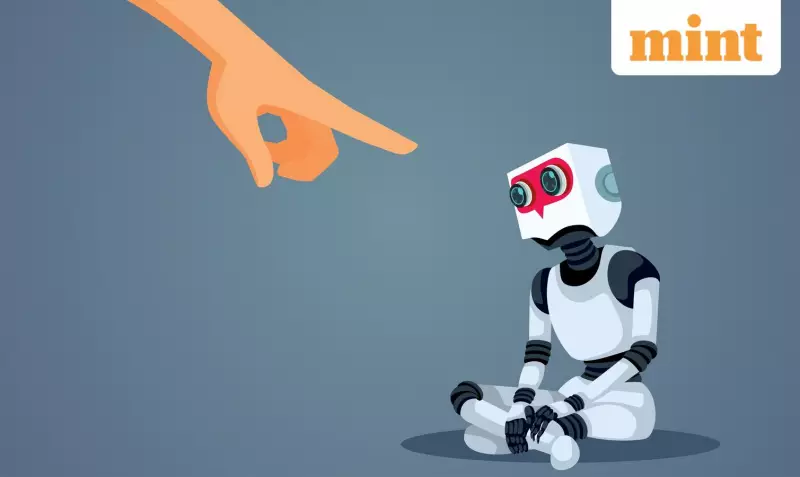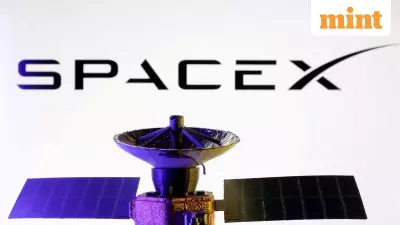
In the rapidly evolving world of artificial intelligence, how we communicate with chatbots matters more than we realize. Recent observations suggest that the age-old principle of "you reap what you sow" applies remarkably well to our interactions with AI assistants.
The Polite Prompt Advantage
When users approach chatbots with courtesy and clear instructions, they typically receive more helpful, detailed, and accurate responses. Simple additions like "please," "thank you," and well-structured questions significantly improve the quality of AI-generated content. This isn't just about digital manners—it's about optimizing your results.
The Aggression Paradox
Interestingly, some users test boundaries by using aggressive or rude language with chatbots. While these AI systems are designed to maintain professionalism regardless of input tone, the underlying algorithms might inadvertently learn from such interactions. This creates a concerning feedback loop where hostile prompts could potentially shape future AI behavior patterns.
Why Digital Decency Matters
There are several compelling reasons to maintain politeness in AI interactions:
- Better Outcomes: Clear, respectful prompts yield more precise and useful responses
- Habit Formation: The manners we practice with AI could influence our human interactions
- Algorithm Training: Our collective inputs help train future AI models
- Digital Citizenship: Establishing norms for human-AI communication
The Bigger Picture
As artificial intelligence becomes increasingly integrated into daily life—from customer service to personal assistants—the way we interact with these systems sets precedents for future human-machine relationships. The etiquette we establish today will likely influence how AI evolves to communicate with us tomorrow.
This isn't merely about being nice to machines; it's about recognizing that our interactions contribute to the development of technologies that will increasingly shape our digital landscape. The patterns we establish now could have lasting implications for how AI systems learn to respond to human communication in the future.





